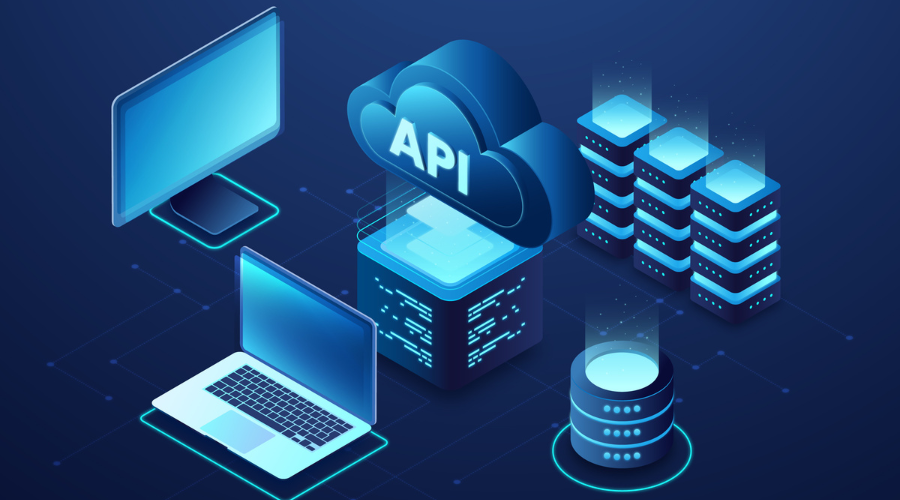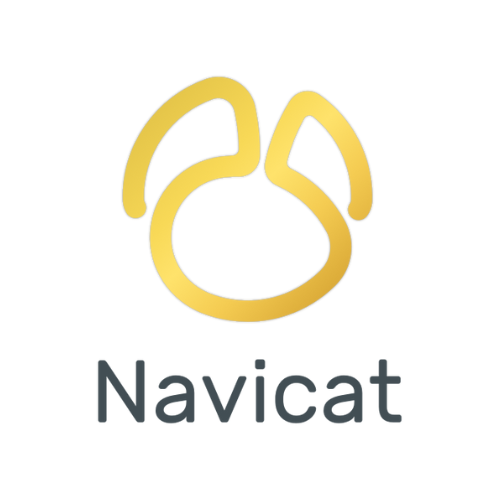Conversations with database administrators and developers reveal a consistent theme: the work is becoming faster but also more complex. Databases are no longer just SQL or NoSQL silos. They’re hybrid, they’re spread across cloud regions, and they’re integrated with dozens of applications. Many teams struggle with the weight of juggling multiple tools, chasing down query errors, or trying to decode someone else’s SQL logic.
That’s where AI is starting to make a real difference. AI is not just a buzzword; it serves as a working assistant within the tools we already use. Navicat 17.3 is a good example of this shift; it takes the familiar interface of a database management system (DBMS) and blends in practical AI capabilities that speed up real workflows.
How Navicat 17.3 brings AI to the forefront
Navicat’s AI integration in version 17.3 isn’t a small side feature. It sits at the center of how the platform helps you manage databases. The approach is multi-model, meaning you’re not tied to one AI provider. You can work with ChatGPT, DeepSeek, Google Gemini, Ollama, and now Grok, Claude, and Qwen.
The choice matters because no single AI model is perfect for every task. Sometimes you want a model that explains an SQL query in plain English. At other times, you want one that can rewrite a complex join for improved performance. By letting us compare outputs from different AIs, Navicat helps us choose the best result for the job.
The “Ask AI” feature also stands out. You can pin your favorite prompts, whether it’s “Optimize this query” or “Generate SQL from this description,” and keep them within a click. This personalization means the AI learns your workflow.
AI features that save real time
Database professionals often encounter frustrating moments where a query breaks and the error message is cryptic. Navicat’s “Fix with AI” goes beyond just pointing out the problem. It offers concrete fixes, and we’ve found it surprisingly accurate in recommending small syntax adjustments or restructuring queries entirely.
There’s also “Explain SQL.” In many workplaces, analysts are handed complex queries with multiple nested subqueries and no documentation. Using Explain SQL, the user quickly understood the function of each section and could confidently make changes without fearing that they would break the logic. It is difficult to quantify the value of such clarity.
Broader database connectivity
Navicat 17.3 also extends its database compatibility, adding connections for Fujitsu Enterprise Postgres, Azure Cosmos DB for MongoDB, Dameng, KingBaseES, and IvorySQL.
If you’ve ever worked in a company with a mix of modern cloud databases and regional or legacy systems, you’ll know the pain of switching tools just to access them. Some projects involve both PostgreSQL on AWS and a specialized domestic database. With Navicat, we could manage both from the same environment, and now with AI, we can run optimizations or explanations without changing context.
AI-driven functions in Navicat 17.3
Navicat 17.3 introduces AI features that offer practical tools for database professionals. You can now convert natural language into SQL queries, optimize existing SQL statements, and generate meaningful data insights with just a prompt. AI also helps troubleshoot issues by identifying and fixing SQL errors automatically, while providing clear, human-readable explanations for complex queries. If you prefer to work with specific AI models, Navicat gives you the flexibility to choose from options like ChatGPT, Gemini, Claude, Grok, and others, ensuring you get the strengths that best fit your workflow. For frequent tasks, you can even pin your favorite prompts for quick access, and when needed, compare outputs from multiple AI models side by side to pick the most accurate or efficient result.
Increased productivity with AI integration
AI-driven capabilities significantly streamline workflows. Debugging becomes faster because you spend less time chasing obscure error codes or diving into documentation. New team members can onboard smoothly, as AI explanations make it easier to understand complex queries. Quality improves across the board since AI can detect risky query patterns before they cause production issues. Decision-making also becomes more confident when you can compare multiple AI-generated solutions instead of relying on a single perspective. Perhaps most importantly, everything happens within Navicat, eliminating the constant context switching between tools that typically slows teams down.
Small but meaningful UI enhancements
Although AI takes center stage in Navicat 17.3, the version also includes a number of minor interface enhancements that make a visible impact in daily work. The revised color-coded text comparison makes it much easier to identify schema or script discrepancies at a glance, while improved autocomplete now handles deeply linked tables with significantly greater accuracy and ease.
There's also an extendable information window that allows you to customize your workplace arrangement, keeping important details accessible without cluttering the screen. These adjustments may appear small, but they reduce friction in day-to-day database management, particularly when dealing with complex schema designs or handling large-scale migration operations.
How Navicat stacks up against competitors
When we compare various AI-enabled database solutions, such as JetBrains DataGrip or TablePlus, a few differences emerge:
- Multi-model AI: Many tools stay with a single provider, whereas Navicat allows you to swap and compare.
- Deep SQL assistance: While others provide code completion, Navicat's Fix and Explain capabilities go beyond that to help you understand and resolve issues.
- Enhanced database compatibility: With the latest update, Navicat now supports both standard and specialist databases in a single interface.
However, if you're already a member of the JetBrains ecosystem, tools like DataGrip integrate more tightly with developer workflows. Choosing between them often depends on your current stack and the importance of multi-DB flexibility.
How AI speeds up query optimization
AI inside a DBMS doesn’t replace skill; it accelerates it. We still need to know the logic behind a query or the trade-offs of an index. But AI allows us to get unstuck faster.
In production environments, query optimization can be the difference between a dashboard that works instantly and one that times out. Navicat’s AI can generate multiple rewrites, allowing selection of the most efficient option, sometimes cutting runtime by more than half. That doesn’t just save us time; it avoids a conversation with the product team about scaling the database unnecessarily.
Breaking the “too early for AI” mindset
Some database teams believe they are too small for AI tools or plan to wait until the technology matures. However, AI in database management has already matured to the point where it can handle the everyday bottlenecks, slow queries, lack of documentation, and tricky joins without disrupting existing workflows.
For teams working across multiple database types, the value compounds. A single tool that handles connectivity, query management, and AI-assisted problem-solving is easier to adopt than adding another standalone AI app.
AI-powered productivity in Navicat 17.3
Navicat 17.3 shows what it looks like when AI becomes part of the furniture in database tools. It doesn’t force you to change how you work. Instead, it adds options that make you faster, more confident, and better informed.
Over time, this kind of seamless AI integration could become the standard rather than the exception, shaping how database professionals expect to interact with their tools. For teams already juggling multiple databases and workloads, the ability to troubleshoot, optimize, and document queries without leaving a single interface can be a major productivity boost. And as AI models continue to evolve, the flexibility to choose and compare them directly within Navicat means the tool will stay adaptable to whatever innovations come next.
In the next year, we expect more DBMS vendors to follow this approach, not AI as a separate module, but AI as a native, flexible assistant that sits alongside every query you write.






